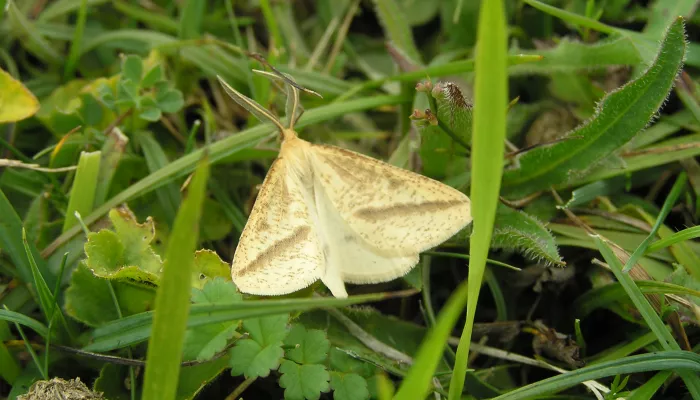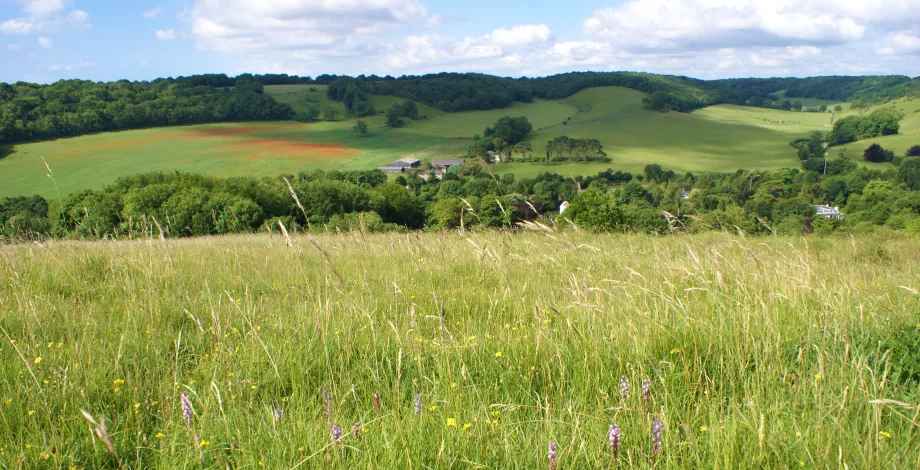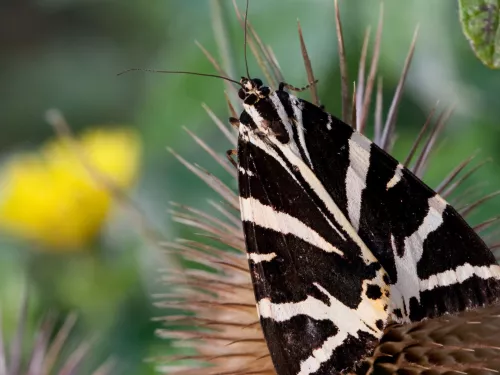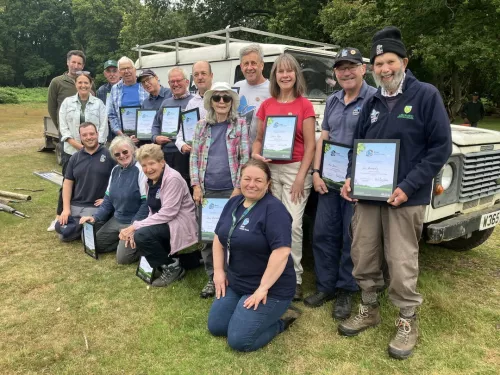
Meet the herd – the eight wild bison on a wilding journey in Canterbury
Since bison were released into West Blean and Thornden Woods on the outskirts of Canterbury, they have not only transformed the landscape but significantly grown in number.


©David Green
The management of this site by Kent Wildlife Trust has created areas of coarse grass and broken short turf, which encourages a myriad of species to flourish. The habitat preference of Straw Belle for short, warm, herb-rich grassland with a mosaic of bare patches for early stages and tussocks for adult stages has been achieved through light cattle grazing.
Kent Wildlife Trust’s Estates Team has a combined total of 100 years of conservation grazing experience on nature reserves. With the aim to mimic natural grazing processes as far as possible, targeted conservation grazing is used on sites like National Nature Reserves where there is a well-established habitat condition to be maintained.
The management of cattle grazing is essential for these moths and for many other species that thrive at our Lydden Temple Ewell National Nature Reserve. The Straw Belle Moth fills a very similar niche to our wart biter crickets, another rarity that is restricted to a handful of sites in the country.Ian Rickards, Area Manager

The view from Lydden Temple Ewell reserve, photo by Ray Lewis. Photo by Ray Lewis

Since bison were released into West Blean and Thornden Woods on the outskirts of Canterbury, they have not only transformed the landscape but significantly grown in number.

Margery Thomas, Hothfield Volunteer and regular columnist looks at the lack of butterfly sightings in recent months, the work volunteers are doing to remove bracken and how this all impact the wider management of the last remaining fragments of heathland…

By August, floral glory has passed from the orchids (heath spotted, southern marsh and a few large hybrids) to the heather or ling. As ever, we hope for a protracted display of purple in the heathy areas, which is likely if the cool nights persist. Orchid…